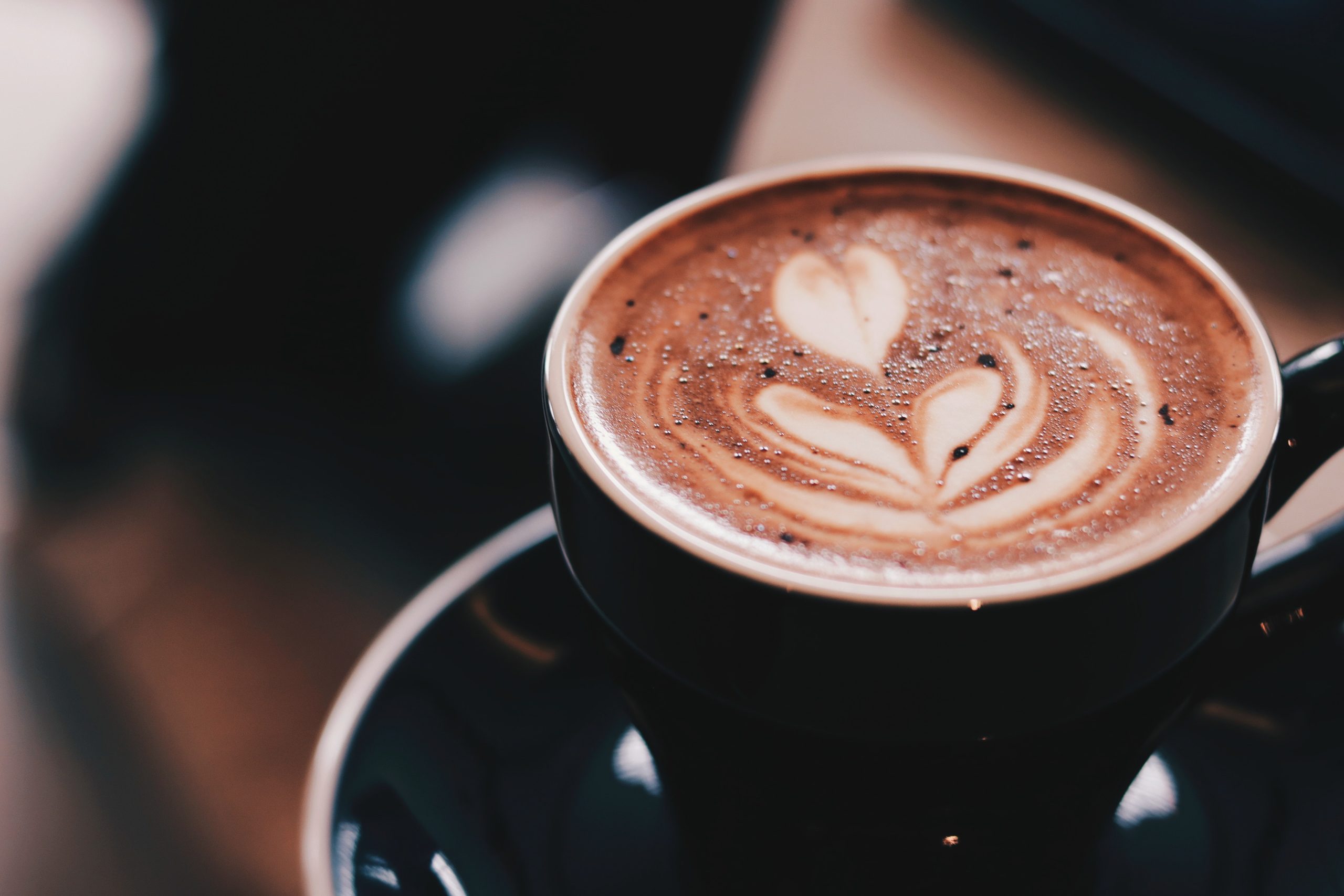NATIONAL COFFEE DAY is today! SEPTEMBER 29th
Whether getting one to go or lingering over a second cup, on September 29th be sure to observe National Coffee Day!
Ah, the perfect cup of java. According to an expert cupper (a professional coffee taster), there are four components of a perfect cup: aroma, body, acidity, and flavor.
From the moment the average coffee lover opens a fresh bag of coffee beans, the aroma beckons, percolating the senses. Even those who don’t drink coffee tend to enjoy the fragrance roasted beans cast.
GROWING, ROASTING, AND BREWING
When determining the body of a coffee, the bean, the roast, and the brew are all factors. The bean affects the texture of the coffee, whether its silky, creamy, thick or thin on the tongue and throat. However, the darker the roast and how we brew it will alter the feel of a coffee’s body, too. Grandpa’s motor oil blend versus the coffee shop around the corner’s silky smooth, well-practiced grind have entirely different bodies.
Where a coffee bean grows determines its acidity. The higher the elevation the coffee grows, the higher the quality and the acidity. These coffees are considered brighter, dryer, even sparkling by cuppers.
When it comes down to it, coffee lovers cherish the flavor as well as the caffeinated boost this roasted bean gives morning or night, black or with cream and sugar. Hot or cold it provides enjoyment even when decaffeinated!
COFFEE HISTORY
Many legendary accounts tell how coffee first came to be. However, the earliest credible evidence of either coffee drinking or the knowledge of the coffee tree appears in the middle of the 15th century in the Sufi monasteries around Mokha in Yemen. Here, monks first roasted coffee seeds and brewed coffee, much like we prepare them today. Yemeni traders brought coffee back to their homeland from Ethiopia and began to cultivate the seed.
In 1670, Baba Budan smuggled coffee seeds out of the Middle East by strapping seven seeds onto his chest. The first plants grown from these stowed away seeds were planted in Mysore. Coffee later spread to Italy and the rest of Europe, Indonesia, and the Americas.
While Brazil produces more coffee in the world than any other country, Colombia closely follows. Also, more than 50 countries around the world grow coffee, too. As a result, we choose from a bountiful selection of flavors for the indulgence of steamy cups of the black drink for connoisseurs to consume.
